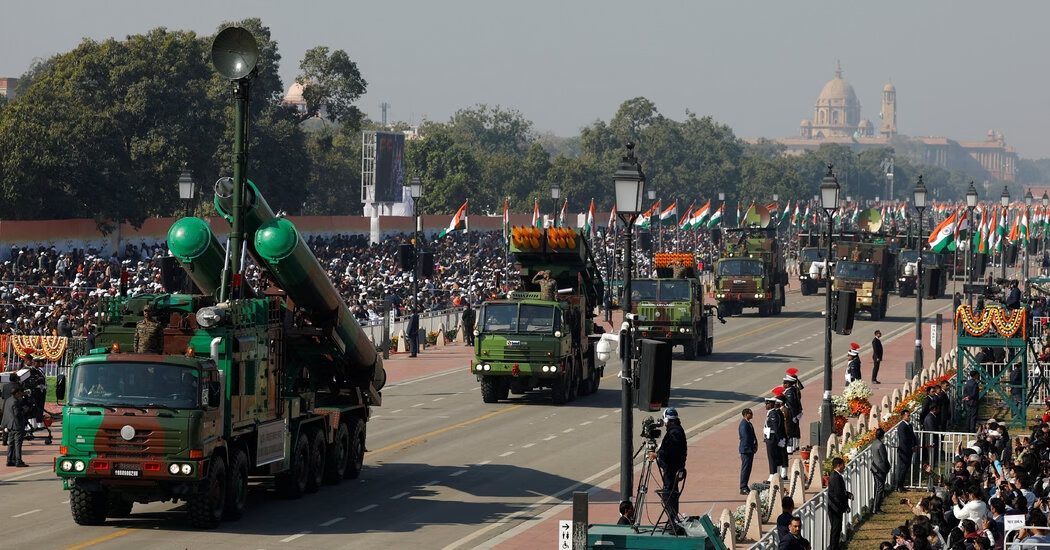The previous confrontations between India and Pakistan highlighted an alarming reality for Indian officials: their military was obese, outdated, and unprepared for imminent threats at the border. The downing of an Indian jet by Pakistan in 2019 intensified India’s efforts to modernize its military. Prime Minister Narendra Modi invested heavily in the military, sought new international arms partners, and aimed to boost domestic defense manufacturing.
The impact of these efforts is uncertain, as India and Pakistan teeter on the brink of another military confrontation. India is promising retaliation for a terrorist attack in Kashmir, which it attributes to Pakistan, while Pakistan denies involvement and has called India’s decision to disrupt a major river system into Pakistan an “act of war.”
In contrast to India’s 2018 categorization of 68% of its military equipment as “vintage,” there has been little substantial change due to the scale of the challenge. While the share of state-of-the-art equipment has nearly doubled, more than half of the equipment remains old.
Experts say this could lead India to choose a more surgical option, like limited airstrikes or special forces raids close to the border, to appease public sentiment and risk escalatory retaliation. However, Pakistan’s military establishment may benefit from an escalating confrontation.
India’s modernization efforts are also hindered by a costly deployment to combat China and the impact of the Ukraine war. Despite India being a major military equipment importer and diversifying its weapons sources, the challenge remains in deploying and effectively utilizing these new systems to demonstrate “functional deterrence” to adversaries. The biggest difference lies in the induction of the Rafale jets, which is an upgrade to Indian Air Force capability.
Source: https://www.nytimes.com/2025/04/26/world/asia/india-pakistan-military-kashmir-attack.html





